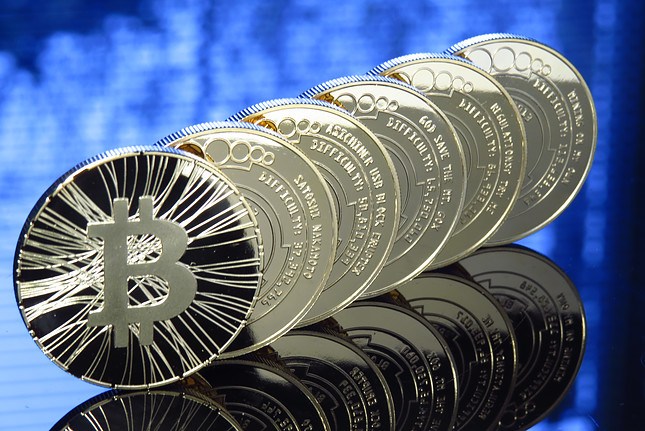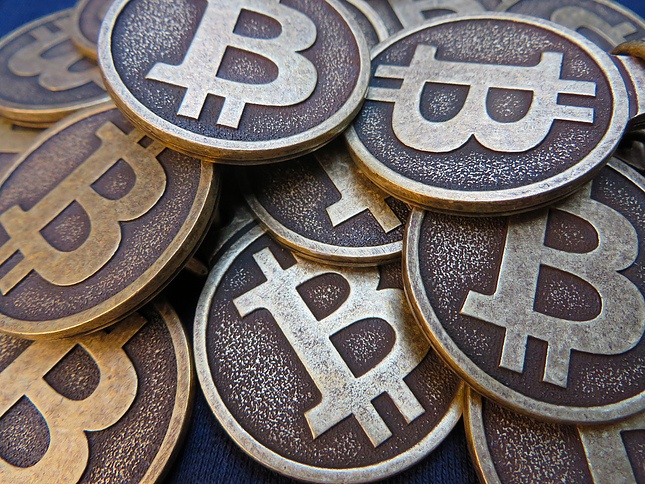Decentralized finance (DeFi) has a centralization problem and policy makers should use it to regulate the sector, the Bank for International Settlements (BIS) said in its latest quarterly review.
The review, published Monday by the central banks’ liaison and coordination organization, examined developments in global non-bank financial intermediaries and offered policy perspectives. The review dedicated the first of its five special features to discussing DeFi and implications for financial stability.
DeFi seeks to improve the efficiency of financial transactions by replacing traditional middlemen like banks and exchanges with automated contracts built on blockchains. As of Dec. 3, DeFi is a $162 billion market, up 26% from April.
Although there is much debate about how a system without intermediaries can be regulated, according to the BIS report policymakers have a way in. DeFi has an “inescapable need” for centralized governance, the report said.
“The point raised in the special feature is that there’s a limit to how far you can run a whole financial system purely based on those automated transactions,” said Hyon Song Shin, economic adviser and head of research at BIS during a press briefing on Monday.
There will be occasions when DeFi projects will be in need of reorganization or judgment, Shina said. “I think it’s an open question how far this project can be pushed without that kind of centralized guidance. I think that’s something that we will clearly need to watch very carefully.”
According to the report, the tendency for blockchain consensus mechanisms to concentrate power also makes it easy for a small number of stakeholders to make big decisions.
“DeFi’s inherent governance structures are the natural entry points for public policy,” the report said.
Despite its fast growth, DeFi is “self-contained” and its potential for disrupting the larger financial system remains low, according to the review. If, however, DeFi were to become widespread, its “severe” vulnerabilities could undermine financial stability.
According to the 16-page feature, those vulnerabilities can arise from intermediary-free lending programs, or from liquidity issues in stablecoins – which are the asset-pegged cryptocurrencies that typically facilitate transactions in DeFi applications. Other vulnerabilities include interconnectedness among DeFi applications and a lack of banks to absorb potential shocks, the report said.
Decentralization illusion
“The decentralised nature of DeFi raises the question of how to implement any policy provisions,” the report said. “We argue that full decentralisation in DeFi is an illusion.”
One element that could break this illusion is DeFi’s governance tokens, which are cryptocurrencies that represent voting power in decentralized systems, according to the report. Governance-token holders can influence a DeFi project by voting on proposals or changes to the governance system. These governing bodies are called decentralised autonomous organizations (DAO) and each one can oversee multiple DeFi projects.
“This element of centralisation can serve as the basis for recognising DeFi platforms as legal entities similar to corporations,” the report said. It gave an example of how DAOs can register as limited liability companies in the state of Wyoming.
“These groups, and the governance protocols on which their interactions are based, are the natural entry points for policymakers,” the report said.
During Monday’s briefing, Shin explained that there are three areas regulators could address through these centralized organizational bodies. These include consumer protection, guarding against money laundering and criminal activities, and financial stability – to what extent the DeFi ecosystem will overlap with the conventional financial system.
“Then there is the issue of how we think about these new institutions, these new arrangements as part of the financial market infrastructure,” Shin said.
The report added that these entry points should allow public authorities to contain the risks associated with DeFi before the industry grows too large and becomes a threat to financial stability.
Vulnerabilities
Decision-making power on DeFi blockchains runs the risk of being concentrated in a small group of large investors, the report said, a possibility the DeFi community is increasingly discussing ways to overcome.
“Concentration can facilitate collusion and limit blockchain viability. It raises the risk that a small number of large validators can gain enough power to alter the blockchain for financial gain,” the report said.
Large validators could also congest the blockchain with artificial trades between their own wallets or risk insider trading, according to the report.
The report points out that lending through DeFi platforms is typically overcollateralized, meaning a potential loan is smaller than the value of assets used as collateral for it.
“But funds borrowed in one instance can be re-used to serve as collateral in other transactions, allowing investors to build increasingly large exposure for a given amount of collateral,” the report said.
This creates a cycle where leverage allows more assets to be purchased for the initial capital, the report said. When debt eventually needs to be reduced, investors are forced to shed these assets, putting downward pressure on prices.
The report also cautioned on vulnerabilities of stablecoins, the currencies that facilitate transactions on DeFi platforms. Stablecoins like tether (USDT) “risk liquidity mismatches” because they are backed by commercial paper, which are “short-term securities with illiquid secondary markets.”
The review warned that stablecoins like DAI, which are backed by crypto assets, are “exposed to market risk, because the value of these assets can quickly drop below the face value of stablecoins.” The crypto arena doesn’t have a fallback like banks that can provide liquidity at times of stress, the report said.
DeFi’s distance from the traditional finance system is likely to narrow as participants in traditional markets look to expand into crypto. That raises the risk of spillovers, according to the report.
“This could potentially strengthen the links between the traditional and crypto systems,” the report said. U.S. approval of bitcoin futures-linked exchange-traded funds (ETF) this year is an example of this.
Given the rapid growth of this unregulated sector, the report signals policymakers to start making moves.
“Regulatory safeguards would also help to ensure that the innovative potential of DeFi brings overall benefits to finance,” the report said.
All writers’ opinions are their own and do not constitute financial advice in any way whatsoever. Nothing published by CoinDesk constitutes an investment recommendation, nor should any data or Content published by CoinDesk be relied upon for any investment activities. CoinDesk strongly recommends that you perform your own independent research and/or speak with a qualified investment professional before making any financial decisions.
Recommended Content
Editors’ Picks

Bitcoin falls below $94,000 as over $568 million outflows from ETFs
Bitcoin continues to edge down, trading below the $94,000 level on Thursday after falling more than 5% this week. Bitcoin US spot ETFs recorded an outflow of over $568 million on Wednesday, showing signs of decreasing demand.

Altcoins Tron and Toncoin Price Prediction: TRX and TON show signs of weakness
Tron and Toncoin prices extend the decline on Thursday after falling more than 6% this week. TRX and TON face rejection from key levels, suggesting double-digit cash ahead. Traders should be cautious as both altcoins show signs of weakness in momentum indicators.

BNB Price Forecast: Poised for a decline on negative Funding Rate
BNB price hovers around $696.40 on Thursday after declining 4.58% in the previous two days. BNB’s momentum indicators hint for a further decline as its Relative Strength Index (RSI) and Moving Average Convergence Divergence (MACD) show bearish signals.

Ripple's XRP eyes recovery following executives' dinner with Donald Trump
Ripple's XRP is up 2% on Wednesday following positive sentiments surrounding its CEO Brad Garlinghouse's recent dinner with incoming US President Donald Trump. If the recent recovery sentiment prevails, XRP could stage a breakout above the upper boundary line of a bullish pennant pattern.

Bitcoin: 2025 outlook brightens on expectations of US pro-crypto policy
Bitcoin price has surged more than 140% in 2024, reaching the $100K milestone in early December. The rally was driven by the launch of Bitcoin Spot ETFs in January and the reduced supply following the fourth halving event in April.

Best Forex Brokers with Low Spreads
VERIFIED Low spreads are crucial for reducing trading costs. Explore top Forex brokers offering competitive spreads and high leverage. Compare options for EUR/USD, GBP/USD, USD/JPY, and Gold.